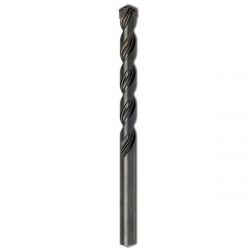Hello.
I need to drill a hole for a dowel in the wall. I don't really know what kind of wall it is, I don't know what types it is, definitely not a Styrofoam one, a normal one like those usually made in apartments.
The peg is 3 cm. I drilled 2 cm without any problem, but it doesn't want to go any further. I only have a regular 2-speed, 1300 rpm cordless screwdriver that I use for household chores. The question is, with what I have, can I do anything to drill deeper?
Maybe I have the wrong drill bit? But I don't know how to tell them apart, I had several and it just worked best for me so I did it this way. Maybe you need something special?
If there is no method for me, I will buy 2 cm pegs instead of 3, but the 3 cm ones were included in the set, so I wanted to do it with them.
I need to drill a hole for a dowel in the wall. I don't really know what kind of wall it is, I don't know what types it is, definitely not a Styrofoam one, a normal one like those usually made in apartments.
The peg is 3 cm. I drilled 2 cm without any problem, but it doesn't want to go any further. I only have a regular 2-speed, 1300 rpm cordless screwdriver that I use for household chores. The question is, with what I have, can I do anything to drill deeper?
Maybe I have the wrong drill bit? But I don't know how to tell them apart, I had several and it just worked best for me so I did it this way. Maybe you need something special?
If there is no method for me, I will buy 2 cm pegs instead of 3, but the 3 cm ones were included in the set, so I wanted to do it with them.



